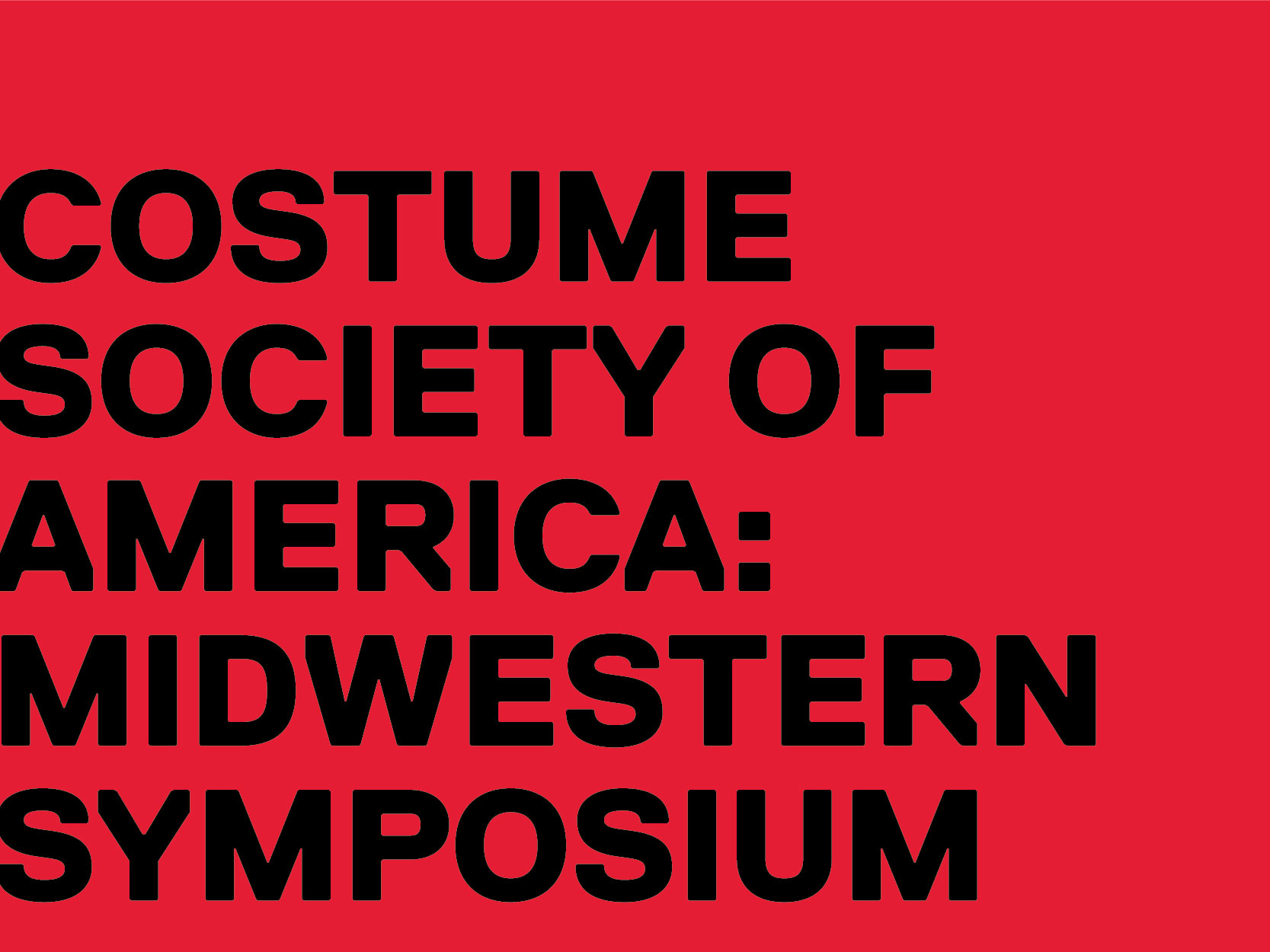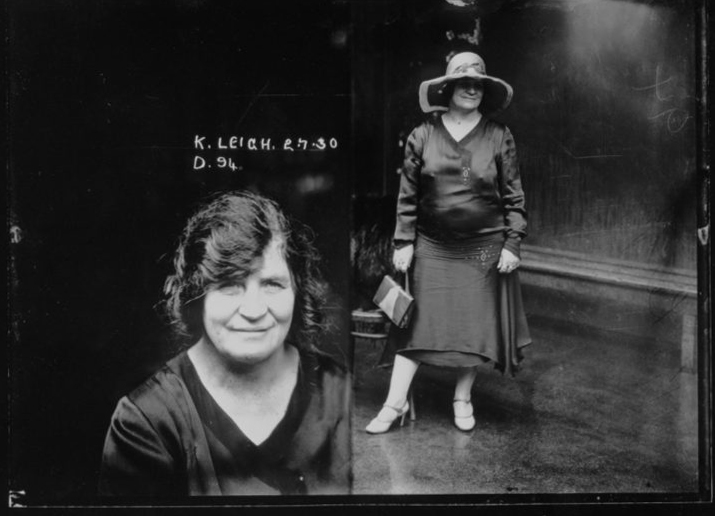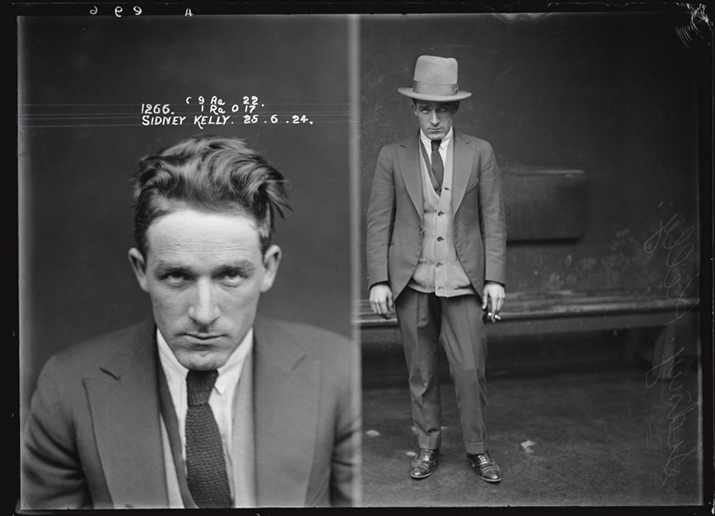Events
The Fashion Research Collection is excited to be a part of the following upcoming events:

THE FABRIC OF CRIME
Date: TBD
Conference Location
Toronto Metropolitan University

Kate Leigh, “Queen of the Underworld” 2 July 1930. Special Photograph #D94. New South Wales Police Forensic Photography Archive, Sydney Living Museums.

Sidney ‘Kicker’ Kelly, 25 June 1924. Special Photograph #1266. New South Wales Police Forensic Photography Archive, Sydney Living Museums.
In Jo Turney’s recent edited volume Fashion Crimes (Bloomsbury 2019), she opens an investigation into the possible connections between clothing and crime in contemporary society. The contents include everything from the criminalization of hoodies to the Japanese “schoolgirl delinquent” look. Yet research into the history of crime and dress also reveals many longstanding links. The word clue comes from the historical language of textiles—a clue, from the late Middle English “clew,” was “a ball of thread”; hence one used to guide a person out of a labyrinth” (OED, 2015). Looking at dress either historically or today, this conference seeks to “re-dress” perspectives on crime and bring clothing into the dialogue.
The conference will feature an exclusive curator’s tour of a new exhibition at the Bata Shoe Museum opening in September 2020, entitled Exhibit A. As Bonnie and Clyde and the sharp suits of Al Capone demonstrate, clothing can glamourize criminality, but we can also learn about other aspects of dress and bodily practice through the lens of crime. For example, mugshots from the New South Wales Police Forensic Photography Archive in Australia can tell us a lot about the everyday fashions of people across the social spectrum suspected of committing crimes in the 1920s and 30s.
"Clothing and how and why it is worn, like concepts of 'criminal' or 'deviant behaviour,' is fundamentally determined by unwritten social laws that are predominantly driven by the moral climate and notions of acceptability in a given culture at any specific time."